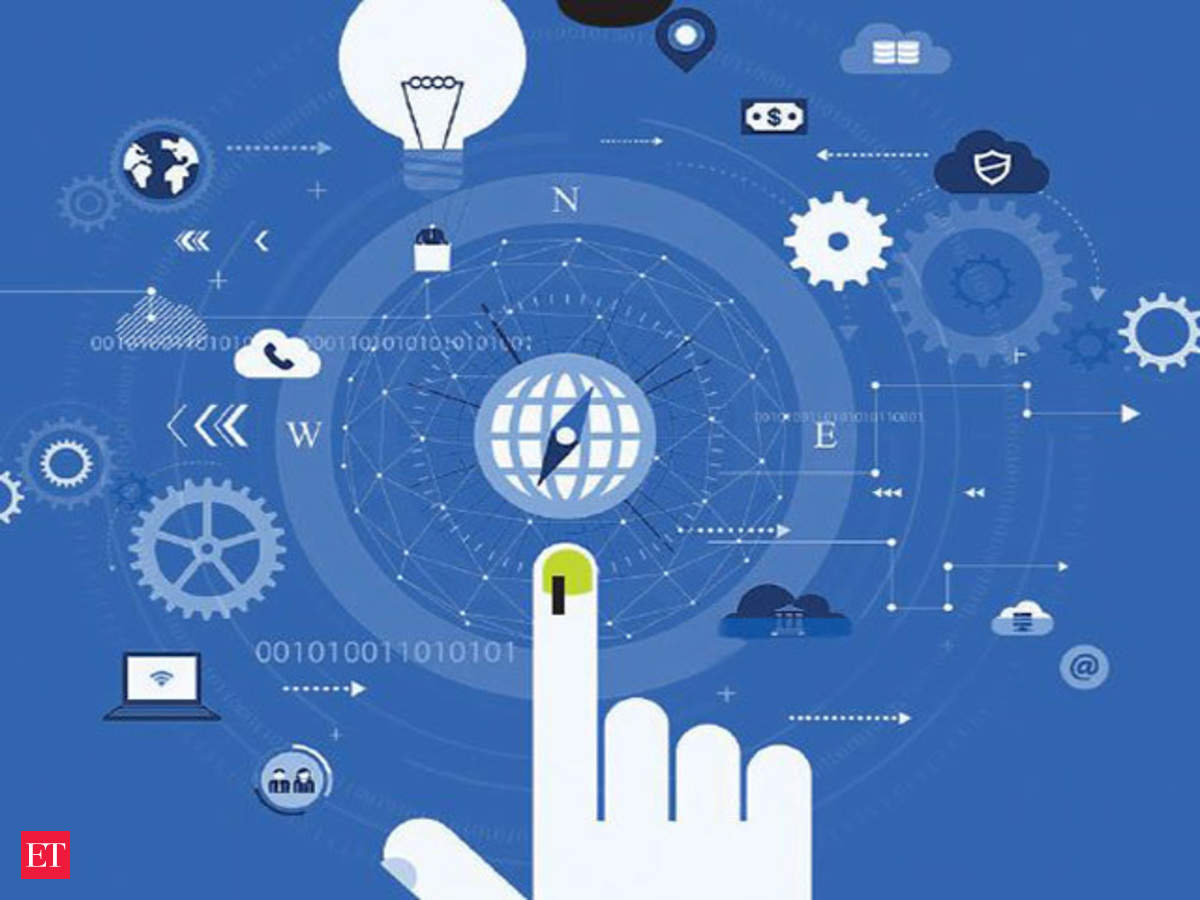TECHNOLOGY USE IN INDIAN ELECTIONS
2021 JAN 27
Mains >
Polity > Election > Electoral reforms

WHY IN NEWS
- Election Commission held an online conference in collaboration with the Tamil Nadu e-Governance Agency (“TNeGA”) and IIT Madras, through which they explored the possibility of using blockchain technology for the purpose of enabling remote elections.
NEED FOR TECHNOLOGY USE IN ELECTIONS
- To improve voter participation:
- Technology use will enable remote voting >> which in turn benefits internal migrants and seasonal workers, who account for roughly 51 million of the populace, and who faced considerable difficulties in exercising their democratic right of voting.
- Save time and cost:
- Technology use ensures speedy vote counting, reduced need for transportation etc. >> which in turn time and money of public exchequer
- To ensure voting rights of public servants:
- Useful for some remotely-stationed members of the Indian armed forces and other civil servants
- To bring transparency:
- Technology use enables centralized monitoring of movement of polling personnel and EVMs >> ensures transparency
- To provide level playing field to all the players
- Technology use aids smaller or newer parties with lesser physical outreach, an equal level playing field in election process
- Reduce corruption:
- Randomized allocation of duty to polling personnel>> prevents intimidation or inducement of the polling personnel.
- Instill the confidence among the public:
- Technological interventions like Voter-verified Paper Audit Trail helps to secure trust of public regarding fair working of election machinery
- Check electoral malpractices:
- Use of ICT to eliminate duplication of voters ID card, multiple voting etc. will ensure fair elections
RECENT TECHNOLOGICAL INTERVENRIONS IN ELECTIONS:
- EVM:
- Commission mooted the idea of EVM 1977 to overcome certain problems associated with use of ballot papers
- It helps voters to cast their votes correctly without any resultant ambiguity and removing the possibilities of invalid votes totally.
- A new section 61A was inserted in the Representation of the People Act, 1951 in 1988 empowering the Commission to use voting machines
- EVMs helps to solve the problem of Ballot Box capturing and casting of false vote
- VVPAT(Voter-verified Paper Audit Trail):
- VVPAT is an independent verification printer machine and is attached to electronic voting machines.
- It allows voters to verify if their vote has gone to the intended candidate.
- Digital voters ID Cards:
- In Jan 2021, Election Commission rolled out digital voter ID cards
- The e-voter cards will eliminate the need for a voter to get a new card made each time there is a change in address or other details.
- These are the digital version of voters photo identity card and will be available to download in an un-editable PDF form.
- De-duplication software:
- Electoral rolls are cleaned by using de-duplication software across the constituencies to eliminate electoral malpractices.
- Ensures prohibition of forged voting on the day of poll.
- Linking of electoral roll with Aadhar database would further buttress the integrity of the roll and thus purity of the election process.
- Software developed by the National Informatics Centre
- Database of the polling personnel is thoroughly randomized using the software
- Ensures concealment of the identity of the polling station where any polling staff would be posted
- This obfuscates any kind of intimidation or inducement of the polling personnel.
- Logistical arrangements
- For movement of security forces, EVMs and other personals, a centralized monitoring system through a portal with GPS facility is used for vehicle management.
- Sugam portal:
- All the permission processes like rallies, meetings etc. is made transparent.
- Samadhan portal
- This portal is used to monitor the complaints received from different quarters.
- The action taken on every complaint is recorded and is visible to all the stakeholders -right from the complainant to the officials sitting in the Election Commission in Delhi.
- Cvigil app
- Used by the citizens for posting their complaints directly to EC.
- Enables uploading of photographs and videos as evidence
- Video conferencing:
- For monitoring of the entire election process Election Commission has used video conferencing.
- Direct webcasting of the poll from the polling station.
- The EC has asked all Chief Electoral Officers (CEOs) to make arrangements for live webcasting of polling in as many polling stations as possible, since 2014 general election.
CHALLENGES
- Privacy concerns:
- Technological usage such as Blockchain solutions could unmask the identity and voting preferences of electors >> fear of state survelliance
- Allegations of EVM tampering:
- There are allegations that EVMs can be tampered easily and the votes of one political party or candidate can be easily transferred to another.
- Incident of technical failures:
- There are many incidents of technical glitches where EVMs have stopped responding and re-polling was conducted.
- Global experience:
- Countries like Germany, Ireland, U.S.A. and Italy which are more technologically sound than India have also have doubted the transparency of EVM machines from time to time and have even banned the use of these machines in there elections.
- Digital gaps and interconnectivity:
- Use of digital infrastructure in elections faces the challenge of poor internet connectivity in India, especially in remote rural areas.
WAY FORWARD
- Application of block chain technology
- To explore the potential of using block chain technology to enable remote voting. The aim is to overcome the geographical hurdles in voting.
- Creation of a ‘One Nation, One Voter ID’ system:
- To allowing citizens to vote out of their home State.
- Standalone systems:
- Any solution to electoral problems must be software independent and fault tolerable, where failure or tampering of one mechanism would not affect the integrity or transparency of the overall process.
PRACTICE QUESTION:
Q. “Technological interventions are helpful in strengthening the electoral machinery in India”. Comment.
